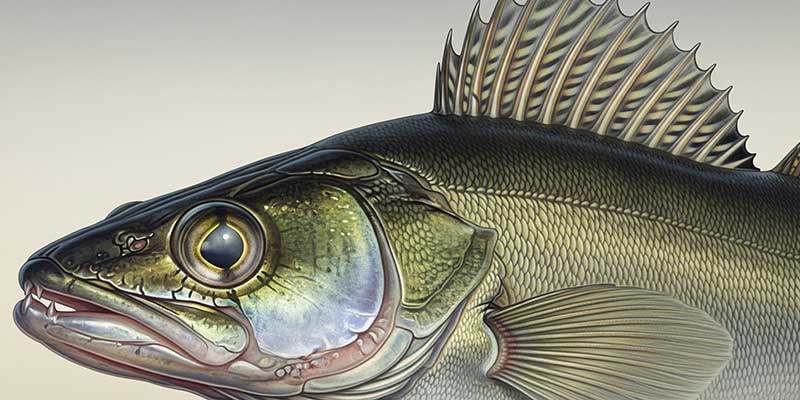The Zander (Gös)
The mysterious knight with the glass eyes
Introduction to the Zander
The zander is one of the most sought-after predatory fish in Swedish lakes. With its cautious biting behavior and preference for deep, structured areas, it presents a special challenge for many anglers. Lake Burträsket is known for its good zander population and offers the chance for trophy-sized fish.

Night Shift on the Lake
Zander are crepuscular and nocturnal. A fishing trip during the long, bright summer nights from Bettys Hus can be an unforgettable and particularly successful experience. The silence on the lake at night is magical.
Tips & Tactics for Zander Anglers
Fact Box: Zander
- Latin Name: Sander lucioperca
- Habitat: Large, murky lakes with hard bottoms
- Special Feature: Excellent table fish, light-shy
Which is the best zander lake?
Burträsket is the most famous zander water in the immediate vicinity. Its nutrient richness and the murky, deep areas provide ideal living conditions.
Which fishing methods are most successful?
Vertical jigging and fishing with a drop-shot rig directly over known structures is very effective. Trolling with deep-diving wobblers in the evening hours also brings good results.
At what time of day do zander bite best?
The "golden hours" are the twilight periods in the morning and evening. On clear summer nights, zander can also hunt actively all night long. During the day, they are usually passive in the depths.
Where do I find zander in the lake?
Look for hard bottom structures like gravel or sandbars, underwater humps, and steep drop-offs. A fish finder is an almost indispensable tool for locating these structures.
Which lures are best for zander?
Soft plastics between 8 and 15 cm in natural colors (white, pearlescent, brown) are the standard. In murky water or at dusk, shock colors like neon yellow or pink can also make the difference.
How do I recognize a zander bite?
The bite is often extremely cautious and manifests only as a slight "tick" in the rod tip. Sometimes it just feels like you've briefly snagged the bottom. An immediate hook-set is then crucial.
